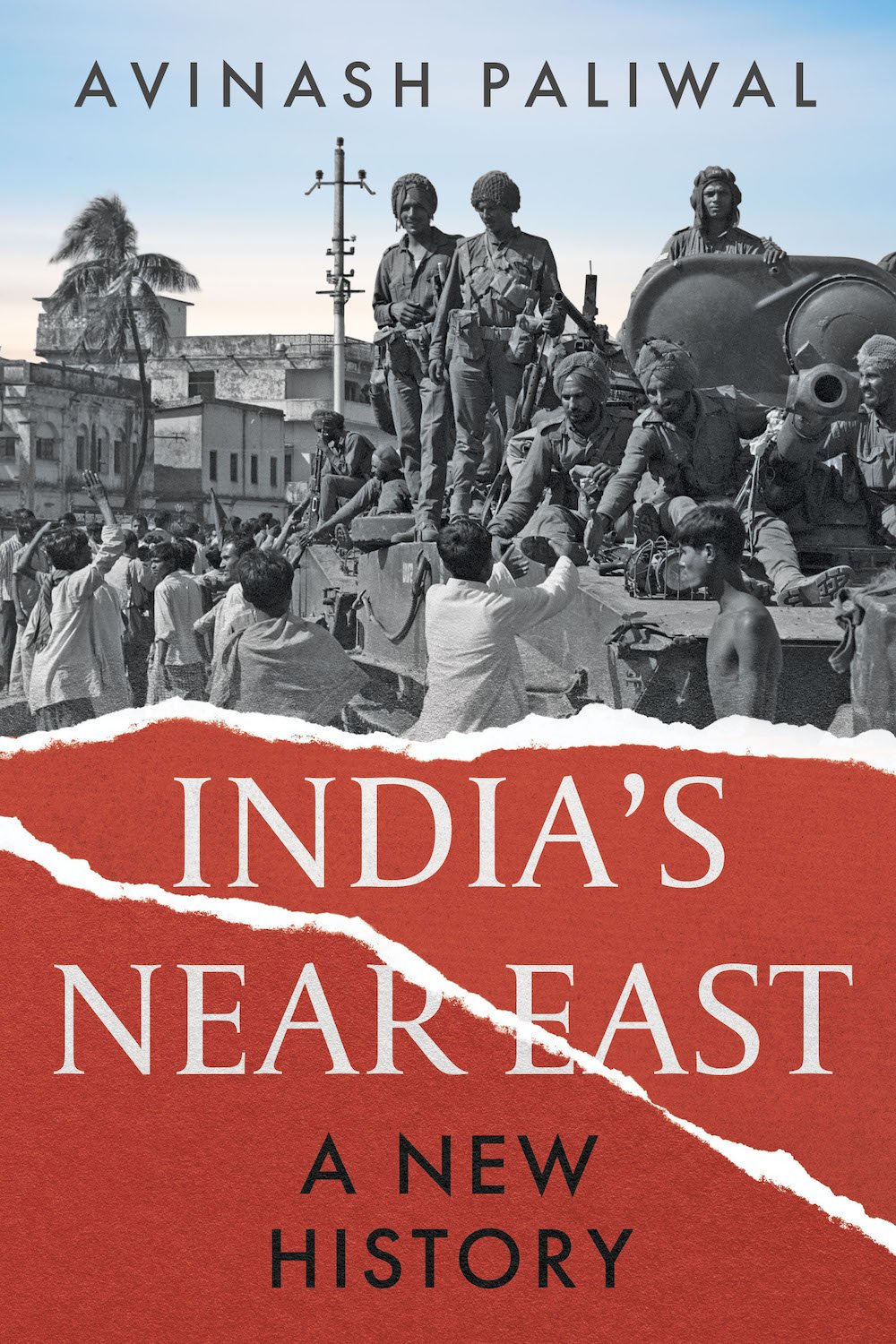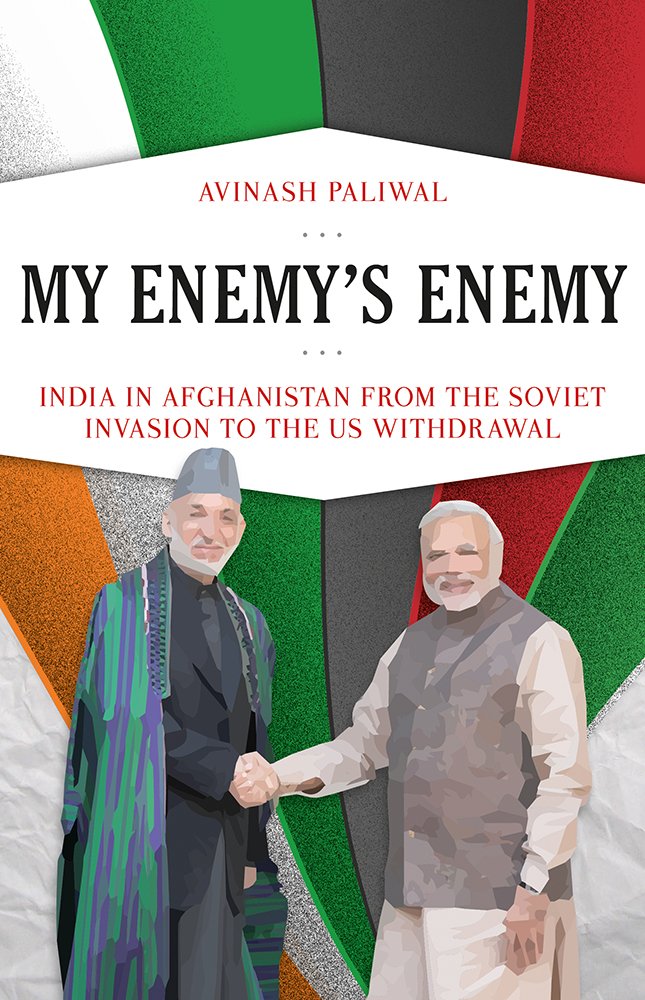India's Near East
A New History

India's near east encompasses Bangladesh, Myanmar and the Indian states of the 'Northeast' – Arunachal Pradesh, Sikkim, Assam, Nagaland, Manipur, Meghalaya, Tripura and Mizoram. Celebrated as a theatre of geo-economic connectivity typified by India's 'Act East' policy, the region is key not only to India's great-power rivalry with China, which first boiled over in the 1962 war, but to the idea(s) of India itself. It is also one of the most intricately partitioned lands anywhere on Earth. Rent by communal and class violence, the region has birthed extreme forms of religious and ethnic nationalisms and communist movements. The Indian state's survival instinct and pursuit of regional hegemony have only accentuated such extremes.
This book scripts a new history of India's eastward-looking diplomacy and statecraft. Narrated against the backdrop of separatist resistance within India's own northeastern states, as well as rivalry with Beijing and Islamabad in Yangon and Dhaka, it offers a simple but compelling argument. The aspirations of 'Act East' mask an uncomfortable truth: India privileges political stability over economic opportunity in this region. In his chronicle of a state's struggle to overcome war, displacement and interventionism, Avinash Paliwal lays bare the limits of independent India's influence in its near east.

Avinash Paliwal PhD is Reader in International Relations at SOAS University of London, specialising in South Asian strategic affairs. A former journalist and foreign affairs analyst, he is the author of India’s Near East: A New History and My Enemy’s Enemy: India in Afghanistan from the Soviet Invasion to the US Withdrawal, both published by Hurst.

